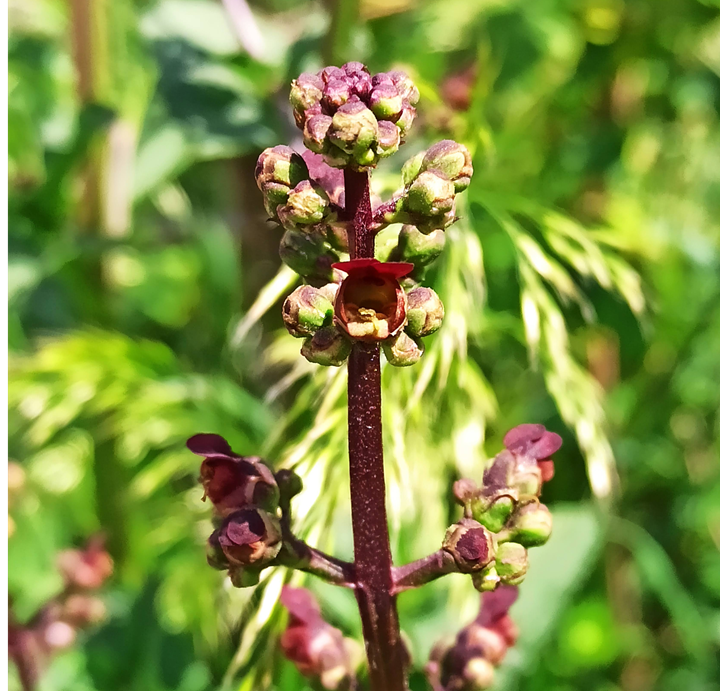Plants for you
Want to know a bit more about the wildflowers you can encourage in your own garden? Check here throughout the year to learn about the plants in Broad Meadow and the positive impact they can have on us and other wildlife.
Bird’s Foot trelfoils (Common and Greater)
Common (Lotus corniculatus) and Greater (Lotus pedunculatus) Bird's Foot Trefoils are known for there small pea like yellow flowers that arrive in early summer.
Not only are their flowers an important source of nectar for bees and other pollinators, but the leaves are one of the main food sources for the common blue, silver-studded blue and wood white butterflies.
Catsear (flatweed/ false dandelion)
(Hypochaeris radicata) may look like a dandelion, but it certainly isn’t one. It has delicate, hairy leaves (which some say resemble that of a cat’s ear), that spread out in a flat fan formation with individual flowers shooting out from the central point.
Like dandelions, all it’s parts are edible, however catsears aren’t as bitter and were traditionally used as medicine with anti-inflammatory properties.
Wild Red Clover
(Trifolium pratense) is a nitogren fixing perennial plant, with a long flowering period (May-Oct). Not only does it improve the fertity of soil, but it’s sprawling shallow roots also provide aeration and support mycorrizal activity.
Red Clover is also an important plant for many species. Bees, including the common carder bee, honeybee and red-tailed bumblebee, rely on it’s nectar rich flowers and wood mice are said to nibble on its leaves.
Musk Mallows
(Malva moschata) gets it’s name from the distinct musky smelling delicate pink flowers it produces throughout the summer that attract a whole host of insects, including bees, hoverflies and the Mallow Moth.
Musk Mallow’s flowers, seeds and leaves (despite being a hairy) are edible. They are mild in flavour and can be eaten raw or cooked.
Water Figwort
(Scrophularia auriculata) is a perennial plant, commonly found on the edge of riverbanks, wet woodland and damp meadows across the UK. It has square stems and tiny maroon flowers, pollinated by bees and the common wasp.
Water Figwort also provides resting spots for aquatic insects when found or planted at a pond’s edge, and therefore provides an important feeding spot for a variety of native birds.





